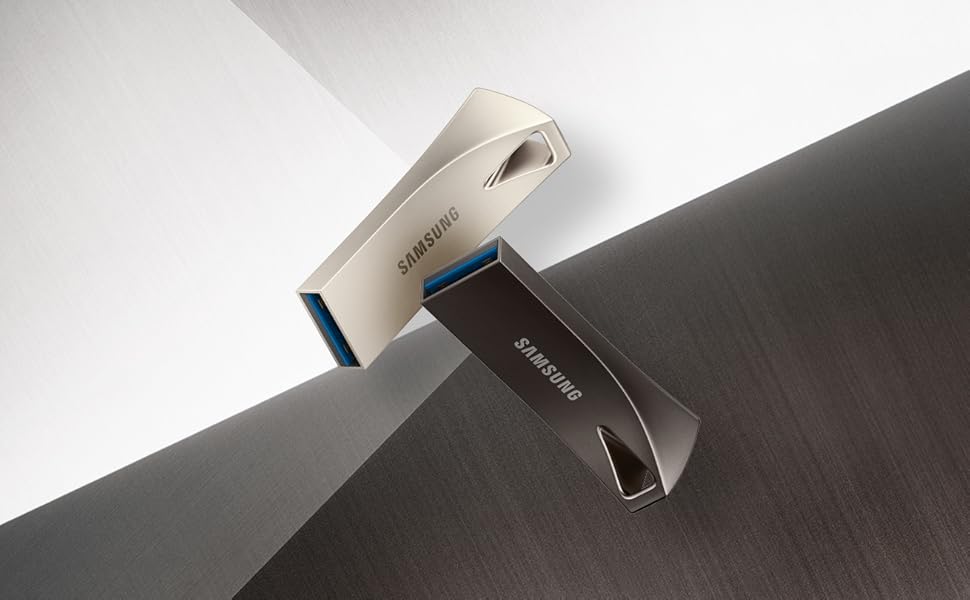Microsoft and IBM’s DOS operating system is an important milestone in the history of personal computing, and it’s just as important that we can dig into it and see what makes it tick. That’s part of the reason that both companies have released the source code for certain versions, including MS-DOS 1.25, 2.11, and as of now, 4.0. The 1988 releases added support for partitions above 32 megabytes (yes, megabytes, as in “smaller than a modern digital camera photo”).
Microsoft and IBM released the updated code under the open-source MIT license earlier this month. Microsoft said it’s about “the spirit of open innovation,” but not everyone is thrilled with precisely how the updated version of DOS has been opened up. Michal Necasek, a software engineer and historian, has documented some of the woes on the os2museum blog. The process has left the code, in Necasek’s words, “mutilated.”



